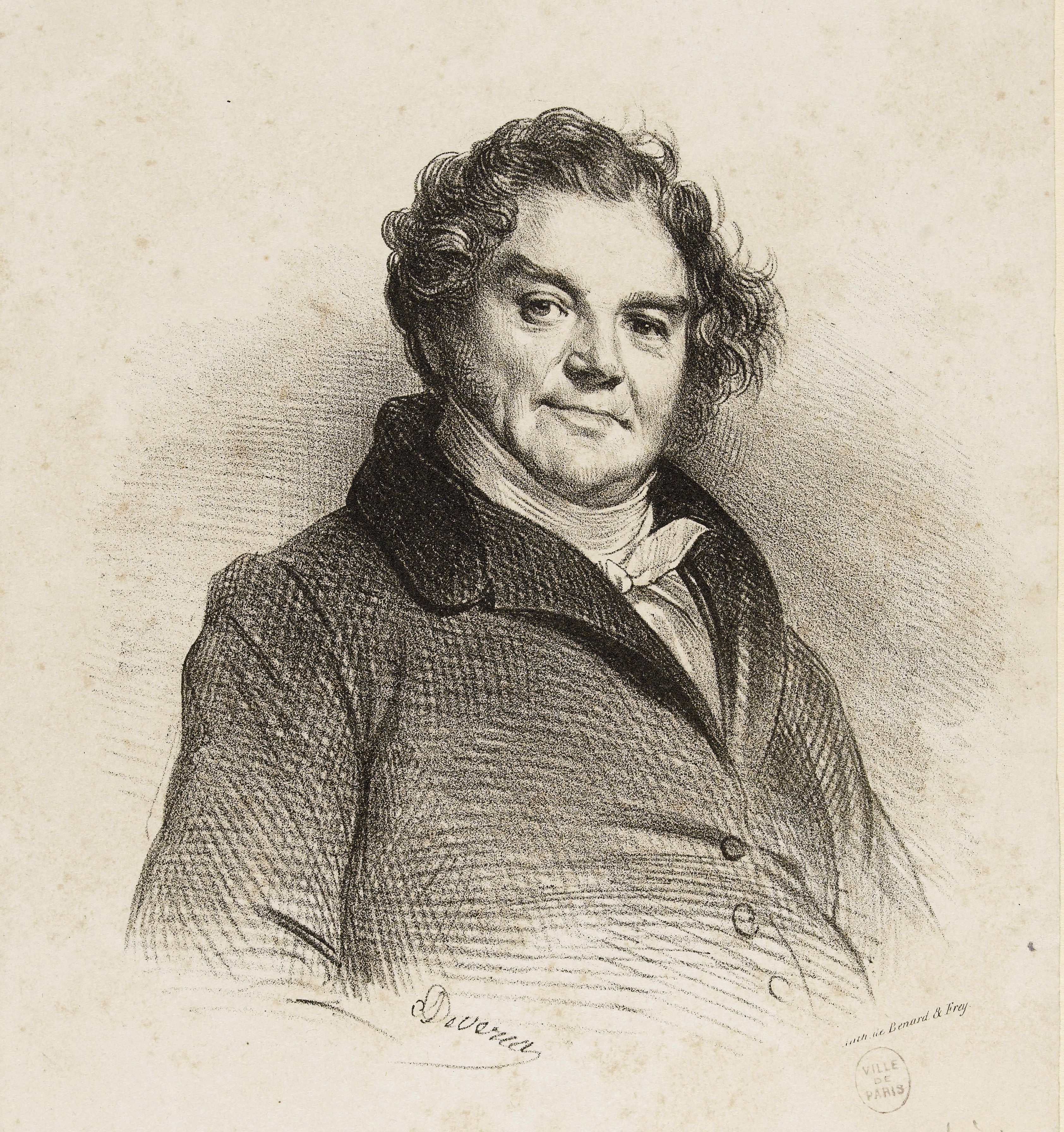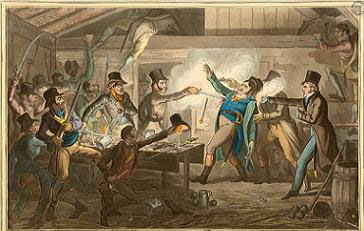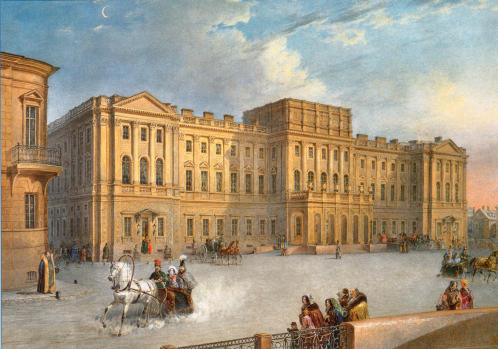Now that I'm back in the swing of writing for this, I'm going to try and see if I can maintain an update a week, or every two weeks at most. So now we've got a British politics update, and the next one will bring us back to South America to wrap up unfinished business down there. Enjoy.
Chapter Sixteen: State of Emergency
Excerpted from The Age of Revolutions by A.F. Stoddard, 2006.
In the wake of its defeat against Napoleon, the British Empire entered a strange torpor politically, and nothing exemplified this better than the occupant of Number Ten. Simply put, George Canning was not supposed to be Prime Minister. He was too much a Tory for the Whigs, too Whiggish for many Tories, and was personally mistrusted by the King. Worse, Canning also suffered from being hemmed in by the legacies of previous governments, further stymieing his ambitions for social reform. Nevertheless, due to the listlessness pervading both parties, he found himself at the forefront, as the only reasonably acceptable choice to maintain a majority government.
One of Canning’s passions was free trade – as an early disciple of Ricardo, he believed that a world shorn of trade barriers would accentuate the superiority of British industry. Unfortunately, the last measure taken by the outgoing Liverpool Ministry was an agricultural tariff, the first of the Corn Laws. [1] The tariff kept bread prices high in England even as they began sinking on the Continent after 1818, benefiting landholders at the expense of urban laborers. Despite his opposition to the tariff, Canning knew better than to challenge the Corn Law. Farmers on the Continent and even across the Atlantic were put out of business as food prices declined. For the landholders and their advocates in the House of Lords, Britain’s insulation from this trend was a sign that the Law was working exactly as intended, and was therefore grounds not to challenge it.
Canning’s other unwelcome bequest from previous governments was a historic level of war debt. The Napoleonic Wars had raged for nearly a quarter of a century, and outfitting its own armies as well as those of its continental allies had left the British government with 850 million Pounds in debt - an unprecedented burden. [2] Canning described the dilemma before his government succinctly, noting that “Should we keep taxes as they are, the country’s pensioners and creditors will rise against us. Should we raise taxes to retire the debt more quickly, the rest of the country will riot. We face popular opprobrium regardless of our choice.”
In the end, raising taxes was deemed the lesser evil. The House of Commons refused to retain an income tax in peacetime, forcing the government to increase the excise on liquor, tobacco, and several other goods. This did little to ease the nation’s spirits, but it did allow Canning to make steady progress towards lowering the public debt burden. From 1816 onward, the ratio of debt to output was on the decline. [3]
In the meantime, Canning decided to tackle another of his domestic ambitions – Catholic emancipation. Ever since the Act of Union in 1800, the question of anti-Catholic discrimination had been a thorny issue. At the time, Pitt had promised an end to the Test Acts and other legislation that pressured British Catholics to effectively renounce their religion to hold public office. Opposition from George III had been the main stumbling block at the time, and Pitt’s government fell once it became clear he couldn’t keep his word.
The King’s death in 1819 provided an opening to tackle the Catholic Question again. George IV was no friendlier to the Catholic cause than his father, but Canning’s Cabinet of pro-Emancipation Tories and Whigs was prepared to go to the mat on the issue. On January 29th, 1820, Canning and Home Secretary Lord Wellesley met with the King. An Emancipation Bill had been drafted by William Plunkett, and the two men flatly informed George IV that should he withhold his consent from the legislation, then the entire Cabinet would resign. Reluctantly, the King acceded to Canning’s ultimatum. National unrest seemed to be approaching a boiling point, and George feared the instability that could result from a fallen government at this juncture. His obligation to uphold the monarchy outweighed his loyalty to the Church of England.
The King was right to worry – the Revolutions in France and Spain were vivid demonstrations of what could happen when a monarch refused to bend to the will of the people. Modern historians tend to cite greater prosperity and stronger and more responsive institutions as reasons why Britain avoided a similar upheaval as its continental neighbors. These points have merit, but the fact remains that British radicals existed, were a potent force, and despite reform efforts by Canning and others, it was often violent repression that kept these radicals from power.
In Britain, there were two primary movements that pushed for revolutionary change in the country’s political and economic governance. Of these two, the more famous were the Luddites, whose cause became so well-known that their name remains in use today to denote opposition to new technology. Spurred by harsh working conditions during the Napoleonic Wars, this movement took aim at new advances in automated textile making, which deprived skilled craftsmen of their livelihoods, only for these tradesmen to be replaced by less skilled, less well-compensated workers.
A sketch of machine breaking.
The Luddite response was a program of economic sabotage, with affiliated workers destroying mechanical equipment throughout the country, but particularly in industrial centers in Nottinghamshire, Yorkshire, and Lancashire. This movement is traced back to 1811, but picked up further steam following the Panic of 1813, as well as in the wake of the Treaty of Madrid in 1815. What began as an apolitical protest movement gained further adherents who brought with them the sense that British government had failed its people, and that the only recourse for the downtrodden was to damage the livelihoods of the elite, and make them feel the same hardship that afflicted those beneath them. [4]
Ultimately, the British Army was forced to take action against the Luddites. Indeed, as Lord Byron sardonically observed, there were more British troops taking action against public unrest in Northern England in 1814 than had fought the French during the Fourth Coalition. “Because when confronted with our age’s Caesar on the Continent, and a few broken looms at home, certainly the latter is the more pressing danger,” he deadpanned. [5]
Regardless of urgency, the government responded with mass show trials, one in 1813 and another in 1816. In both cases, around half of the defendants were acquitted, but the other half faced execution or transportation. This harsh response eventually halted the growth of the movement, but its heavy-handedness may well have radicalized the more stalwart agitators, which led to the growth of this period’s other significant movement.
Despite achieving less initial notoriety, the second radical group, the Spenceans, may well have been the more influential, if only for their one chance success in 1820. The Spenceans were disciples of Thomas Spence, an 18th Century radical who advocated an end to aristocratic landholding in favor of collective ownership. Unlike the Luddites, this movement was non-violent at first, seeking redress for the country’s poor. Although the British economy rebounded from the Panic of 1813, the firm floor on cost of living imposed by the Corn Laws, paired with Canning’s tax increases, collectively excluded the country's poor from the recovery. Output plateaued in 1818 and stagnated, never quite returning to its pre-Canal Mania heights.
As with the Luddites, the government responded with a show of force, trying Spencean leader Arthur Thistlewood and several others with high treason for their part in inciting unrest. The men were acquitted, but the display of governmental contempt hardened their resolve in the righteousness of their cause. As will become clear, our primary source on the Spencean leader’s thoughts is emphatically not an unbiased observer, but according to him, the 1817 Islington Affair was the moment when Arthur Thistlewood lost any remaining faith in British government. For him, the only way forward was to bring the entire edifice crashing down.
The following year, Thistlewood and his followers began plotting a violent overthrow of the British government. With the death of George III and the subsequent furor over Catholic emancipation, it seemed as if their time had come. The Spencean Philanthropists, as they were known, would attack Canning’s Cabinet at a ceremonial dinner, decapitating the government in one fell swoop. To facilitate the plan, the group rented a house on Cato Street and awaited their chance.
That chance was ultimately an illusion. Ever since their previous brush with the law, the Spenceans had been monitored and infiltrated by British authorities. Thistlewood’s second, George Edwards, was secretly a police informant, and he had concocted the story of the Cabinet dinner to ensnare the others. On February 1st, 1820, the night before the conspirators intended to move, the London police struck first. The operation hit an early snag when the Coldstream Guards, whose support had been requested, failed to materialize, forcing the police to belatedly make the arrest alone. Despite this setback, most of the ten men enlisted in the conspiracy were captured. The sole exception was Thistlewood, who escaped through a window. To evade pursuit, the Spencean sought refuge in the home of a sympathetic cobbler while he devised a new plan. [6]
The February 1st Raid on the Cato Conspiracy was not the success the government had hoped for.
It is unclear whether Thistlewood realized at this point that his group had been betrayed, but he knew that he couldn’t count on additional help, and that his own arrest was imminent. With these grim realities apparent, he set his mind on one last roll of the dice. And so it was that on February 3rd, a mere two days after his fellows were captured, Arthur Thistlewood walked into Number 10, disguised as a member of the cleaning staff. As outlandish a plan as this may have seemed, it worked. The men on duty, not recognizing the wanted criminal in his stolen clothing, allowed him inside without incident. Once there, he found his way towards the Prime Minister’s office, where Canning was discussing strategy with Lord Wellesley. [7]
Thistlewood attacked the two, shooting the Prime Minister and stabbing the Home Secretary. Both men would perish within the day. News of the assassination shook the country, and not simply because of the violent act itself. The fact that a man with an extensive criminal record, whose activities had been closely monitored by authorities, and who had been the target of a city-wide investigation, could not only slip through the law’s fingers but, in so doing, bluff his way to the doorstep of the Prime Minster, was a harrowing turn of events.
It was also one that found Canning’s conservative rivals quick to take advantage. Chief among them was Henry Addington, the Viscount Sidmouth. As Home Secretary, he had overseen the initial government response to the Luddites, with an emphasis on maintaining public order at all costs. Sidmouth subsequently left government in protest of Catholic emancipation, which he strongly opposed. With Canning’s assassination, the former Secretary now saw an opportunity to retake the Tory Party from the late Minister’s reformists.
He couldn’t do this alone, however. Sidmouth had served as Prime Minster before, signing the Treaty of Amiens, but that tenure had been cut short by a Parliamentary revolt against his weak leadership. He knew the moment was ripe for a strong appeal to public order, but he also knew that his oratorical skills were ill-suited for the task. To remedy this, Sidmouth forged a partnership with Lord Eldon, the longtime Lord Chancellor, who could provide the strong rhetoric and charisma demanded by the situation. Together with Sidmouth’s old ally Spencer Perceval, the three resolved to steer their party and their country back on course.
On the 9th, less than a week after Canning’s demise, the surviving Cabinet secretaries met with King George. The current Cabinet, divided as it was between Whigs, Canningite Tories, and more traditionalist conservatives left over from Liverpool, was unable to decide on a successor. [8] There was no choice but to call a new election, less than a year after the one that followed the death of George III. And as the country prepared to visit the polls again, Sidmouth and his allies had a secret weapon in their corner: George Edwards.
As the government’s mole inside the Cato Street Conspiracy, Edwards remains our primary source of information on Arthur Thistlewood and the slow descent of the Spencean into an anarchist assassin. Throughout the months of February and March, Edwards offered his (stringently coached) account of the Conspiracy and its infamous leader to
The Times. This process is considered by journalists as the precursor to modern interviewing, as well as a cautionary tale into the pitfalls of overreliance on official sources.
For weeks, readers were treated to an exhaustive account of Thistlewood’s activities and the precautions taken by government to mitigate potential damage. This tale culminated in the fateful raid on the 1st, where Edwards spared no criticism for the police force’s failure to apprehend the ringleader, and the subsequent lack of vigilance that had cost the Prime Minister his life.
The Tory Party traditionally enjoyed a majority during the elections of this time, thanks to the inclusion of seats from rotten boroughs. The 1820 election was more than simply an assertion of majority party dominance, however. In fact, while the Whigs lost dozens of seats, the true losers were the Canningite Tories, who were charged by the press and by more hardline conservatives with vacillation and incompetence, with letting public order in England fall by the wayside in their zeal to appease the Irish. In accordance with Sidmouth’s plans, Lord Eldon emerged as the new leader of the party. With the High Tory faction triumphant, Eldon formed a new Cabinet from veterans of the Liverpool and Portland Ministries.
The new government operated on the basis of five fundamental points of agreement:
1. No Catholic Emancipation.
2. The Corn Law was not to be contested.
3. The breakdown in order exemplified by the Luddites and Spenceans was to be met with all means at the government’s disposal.
4. Electoral reform was to be tabled. The cause had some adherents among doctrinaire Anglicans, but was still too contentious for the government to support.
5. The unrest in Spain must be dealt with, even if doing so required an alliance with Napoleon. Otherwise, intercession on the Continent was to be minimized. [9]
With these imperatives in mind, and with Sidmouth reinstated as Home Secretary, the new High Tory government set out to meet the challenges of the 1820’s, preserving social order by any means necessary.
[1] This is my attempt to resolve what might have otherwise been a continuity snafu from two chapters ago. I mentioned Canning and Corn Laws, but given his opposition to them, I decided it could be something he was saddled with by Liverpool, who also wasn’t a fan, but got pushed into it IOTL anyways.
[2] Less than OTL in other words – no Peninsular War, more colonial action, more subsidies for allies in 1809-1810, but few/none afterwards. Still well over 100 percent of GDP, though, so a major long-term problem, and difficult to service with no peacetime income tax.
[3] This is a swifter response than Liverpool did, though, so the country will find itself on the mend sooner rather than later.
[4] This is a divergence from OTL’s Luddites. Basically, the discontent from those two shock events that didn’t happen IOTL cause the movement to take a more politicized bent and last a few years longer before petering out.
[5] This, however, is basically OTL. There were a lot of British troops up north during the war, and Byron was sympathetic to their cause.
[6] Most of this is OTL, until the raid. There, several people escaped along with Thistlewood in real life, but were all caught here. Ironically, this makes things easier for him, as he simply needs to go to ground by himself instead of with a group.
[7] And this is basically an acknowledgement of the whole social engineering literature on infiltration. It offends our sense of logic, but insultingly simple deceptions like this really do work more often than they should.
[8] A task made harder by Sidmouth, Spencer and Eldon advising the conservatives to gum up the works as much as they can, to force a new election.
[9] Canning was actually not so sentimental about the differences between republic and monarchy. Sidmouth and friends care about the distinction a lot more, however.










